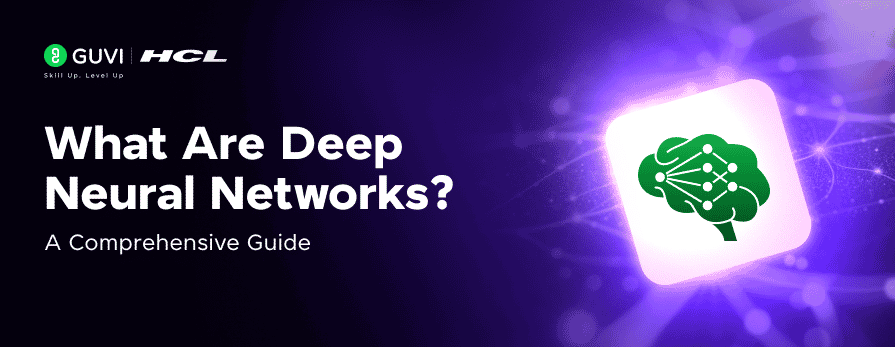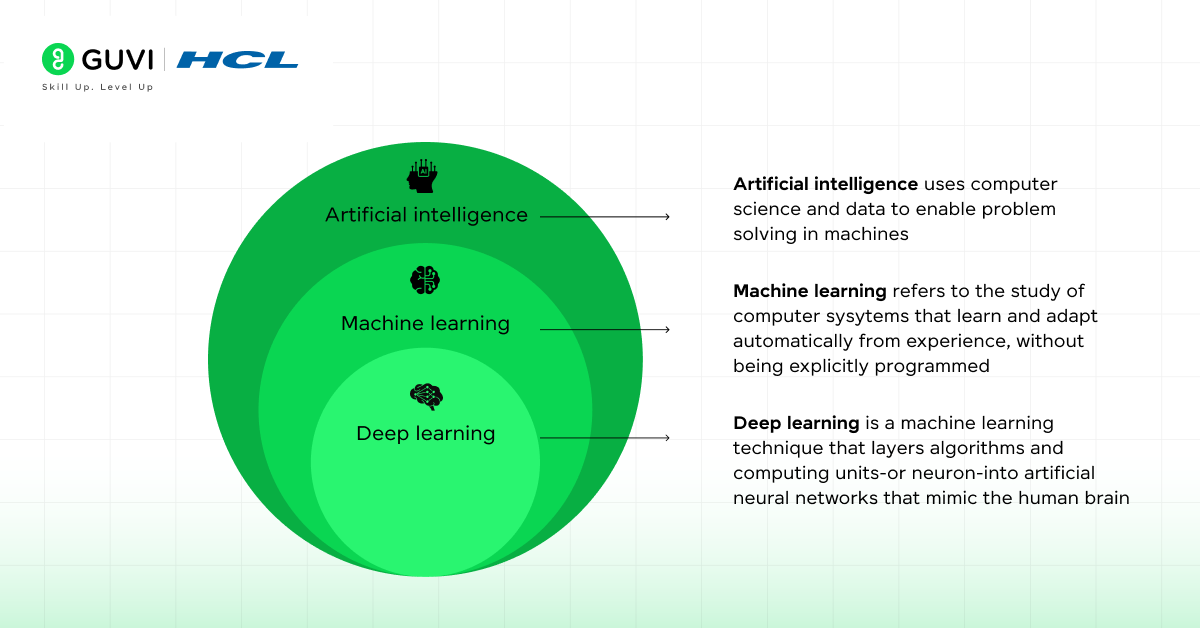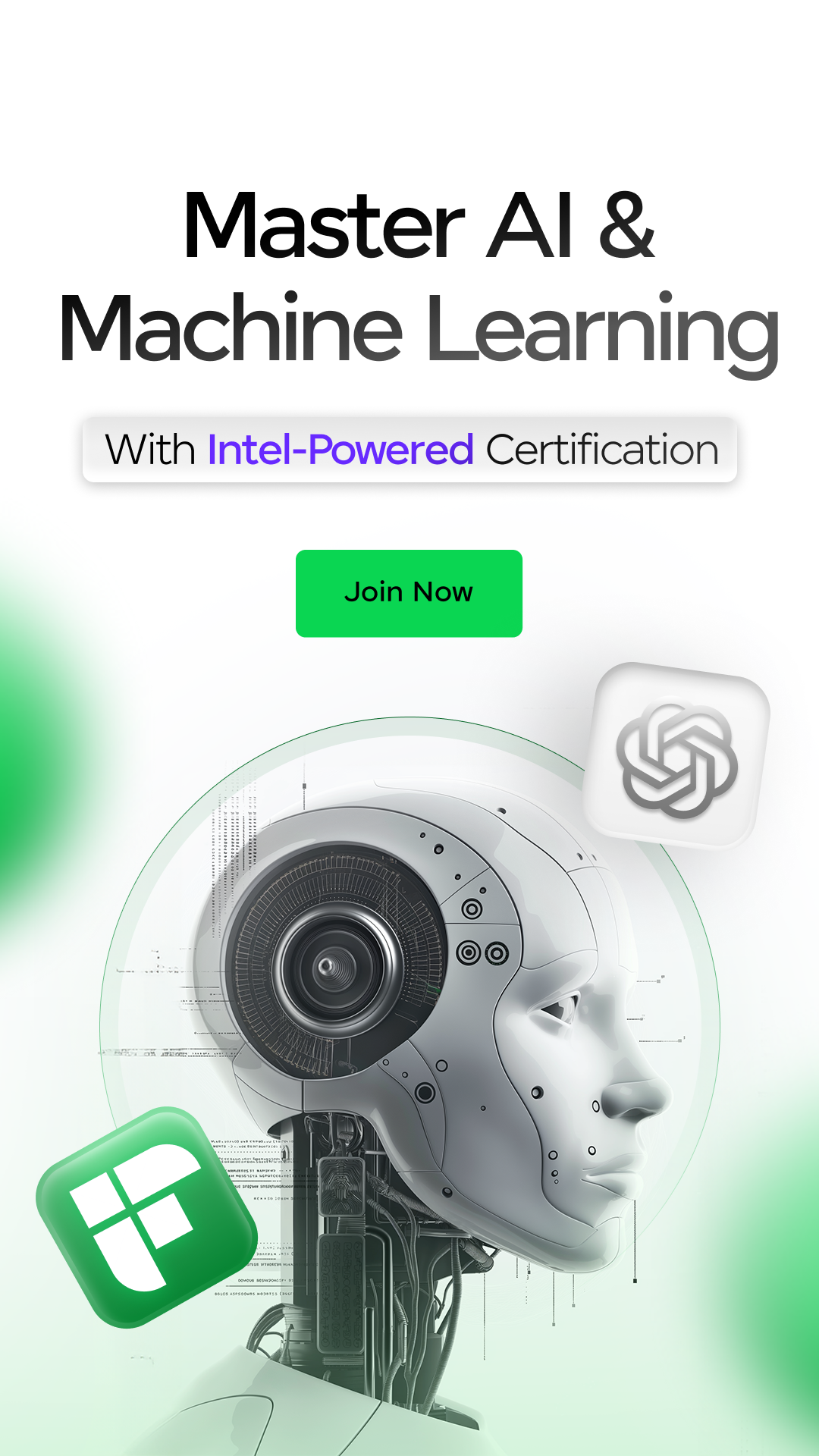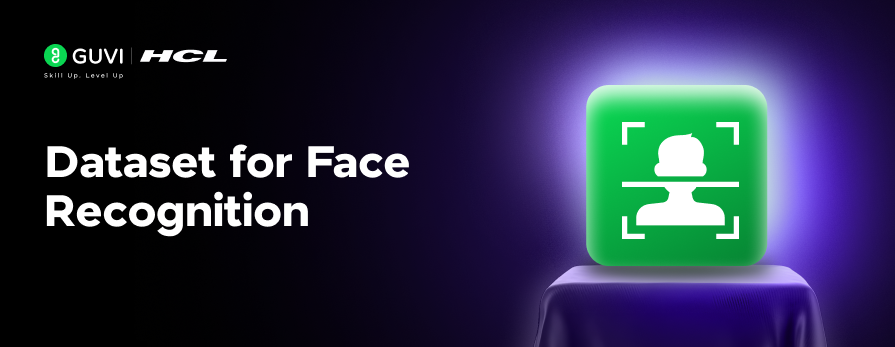
What Are Deep Neural Networks? A Comprehensive Guide
Sep 10, 2025 3 Min Read 1443 Views
(Last Updated)
In the rapidly evolving world of artificial intelligence, neural networks stand at the core of some of the most advanced technologies we use today, from voice assistants and facial recognition systems to self-driving cars and medical diagnostics.
But what exactly is a neural network, and how does it mimic the human brain to make decisions and predictions?
This article breaks down the fundamental concepts of neural networks, exploring how they function, their real-world applications, and why they are revolutionizing the fields of deep learning and machine learning. So, without further ado, let us get started!
Table of contents
- What is a Neural Network Function?
- What are Deep Learning, AI, and ML?
- Applications of Deep Learning
- What are Neurons?
- How Can We Train An Algorithm?
- Some Important Terms To Remember:
- Iteration
- Epoch
- Batch
- What kind of problems do Neural Networks solve?
- Conclusion
What is a Neural Network Function?
A Neural Function decides whether a neuron should be activated or not. This means that it will decide whether the neuron’s input into the network is important or not in the process of prediction using simpler mathematical operations.
The role of the Activation Function is to derive output from a set of input values fed to a node.
Let’s take a step back and clarify: What exactly is a node?
Well, in the current scenario, if we compare the neural network to our brain, a node is a replica of a neuron that receives a set of input signals from external stimuli.
What are Deep Learning, AI, and ML?

As we saw in the example of artificial intelligence, deep learning lies at various creative ideas: self-driving cars, natural language processing, image recognition, BioMetric intelligence, and so on.
Companies that deliver DL solutions, such as Amazon, Tesla, are at the top of stock markets and attract impressive investments as well as boost the level of Information technology.
We can differentiate between Deep Learning & Machine Learning as shown below:
| Deep learning | Machine learning |
| Needs large amounts of data | Needs small datasets, as long as they are high-quality |
| It takes much longer to train | It can be trained in a reduced amount of time |
| It can draw accurate conclusions from raw data | It carefully pre-processed the data |
Applications of Deep Learning
- Speech recognition: Microsoft Cortana, Alexa, Google Assistant, and Apple Siri are all major speech recognition systems that are based on deep learning.
- Pattern recognition: Pattern recognition systems are able to give even more accurate results than the human eye in medical diagnosis.
- Natural language processing: Neural networks have been used to implement language models since the early 2000s. The invention of LTMS helped improve machine translation and language modeling.
- Discovery of new drugs: For example, the Atom Net Neural Network has been used to predict new biomolecules that can potentially cure diseases such as Ebola and multiple sclerosis.
What are Neurons?
To explain what Neuron is, we can consider it as a basic unit of neural networks that receives information, performs simple calculations, and passes it further.
All neurons in a net which is divided into three groups:
- Input neurons that receive information from the outside world
- Hidden neurons that process that information
- Output neurons that produce a conclusion

How Can We Train An Algorithm?
As we program the microchips, similarly, Neural networks can also be trained like any other algorithm. You want to get some results and provide information to the network to learn from.
For example, we want our neural network to distinguish between photos of cats and dogs and provide plenty of examples.
There is a term called Delta, which is the difference between the data and the output of the neural network. We use calculus and repeatedly optimize the weights of the network until the delta is zero. Once the delta is zero or close to it, our model is correctly able to predict our example data.
Some Important Terms To Remember:
Iteration
This is a kind of counter that increases every time the neural network goes through one training set. In other words, this is the total number of training sets completed by the neural network.
Epoch
The epoch increases each time we go through the entire set of training sets. The more epochs there are, the better the training of the model.
Batch
Batch size is equal to the number of training examples in one forward/backward pass. The higher the batch size, the more memory space you’ll need.
What kind of problems do Neural Networks solve?

To solve complex problems that require analytical calculations similar to those of the human brain, we can use Neural Networks.
Here are some examples of useful neural networks :
- Classification. NNs label the data into classes by implicitly analyzing its parameters. For example, a neural network can analyse the parameters of a bank client, such as age, solvency, credit history, and decide whether to loan them money.
- Prediction. The algorithm can make predictions. For example, it can foresee the rise or fall of a stock based on the situation in the stock market.
- Recognition. This is currently the widest application of neural networks. For example, a security system can use face or fingerprint recognition to only let authorized people into the building.
If you want to learn more about how Neural Networks work and how deep learning can impact your surroundings, consider enrolling in HCL GUVI’s IITM Pravartak Certified Artificial Intelligence and Machine Learning course that teaches NLP, Cloud technologies, Deep learning, and much more that you can learn directly from industry experts.
Conclusion
In conclusion, deep learning and neural networks are the future of Data Science, because they can expand human intelligence and skills. Neural networks are just one type of deep learning architecture & yes, we have a lot to see yet.
It’s correct that they have become widely known because NNs can effectively solve a huge variety of tasks, as well as many problems related to statistics, which can result in making human life much easier.





























Did you enjoy this article?